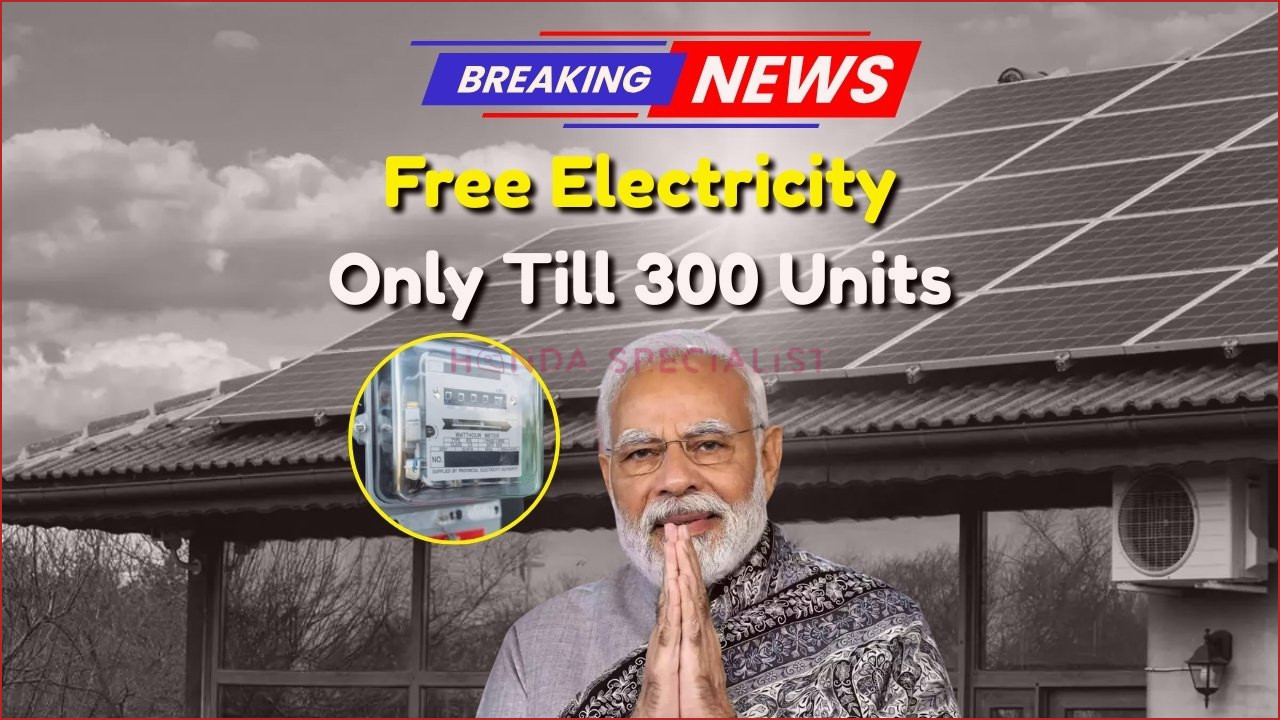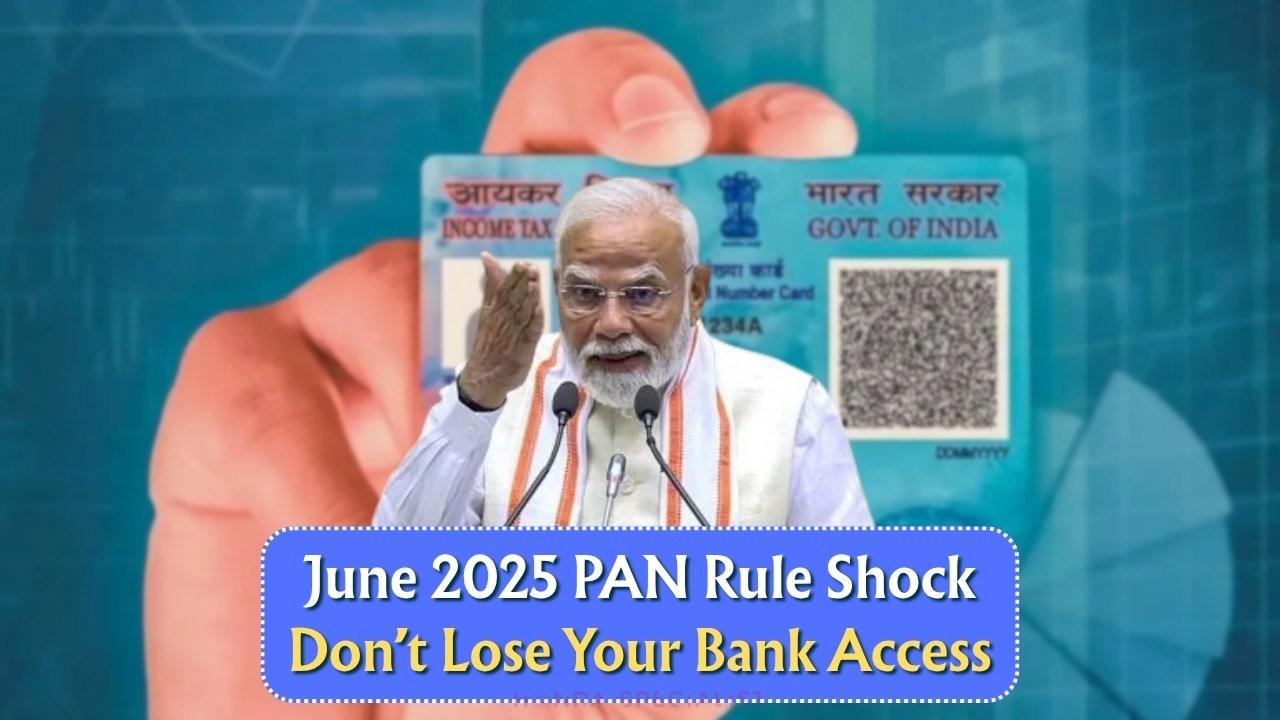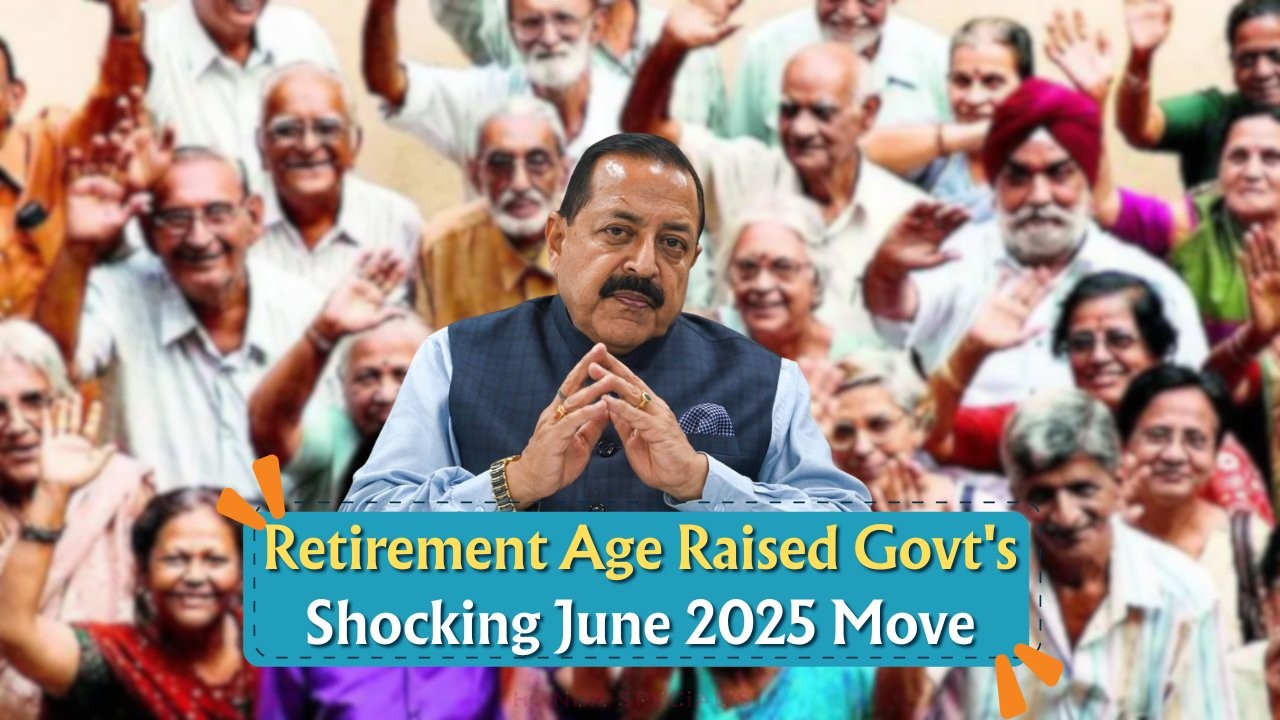Electricity Subsidy Alert: With the changing dynamics of energy consumption in India, a new electricity tariff policy is set to affect consumers using more than 300 units. This development is poised to alter the monthly budgeting for many households and businesses.
Understanding the Electricity Subsidy Shift
The Indian government has announced a revision in the electricity tariff structure, which will impact users consuming over 300 units of power monthly. This move is part of a broader strategy to rationalize electricity subsidies and encourage energy conservation.
Key Highlights:
- Households consuming up to 300 units will continue to enjoy existing subsidies.
- Consumers using more than 300 units may see an increase in their electricity bills.
- Subsidies are being adjusted to promote energy-efficient practices.
- The policy aims to balance the economic and environmental aspects of energy consumption.
Impact on Consumers
This change is expected to influence a significant segment of electricity users across the country. While the objective is to promote energy savings, consumers will need to adapt to potentially higher costs.
Consumer Considerations:
- Review and optimize household energy usage to stay within subsidy limits.
- Consider investing in energy-efficient appliances and solutions.
- Stay informed about state-specific subsidy adjustments and benefits.
- Engage with local electricity boards for personalized advice and support.
Tariff Comparisons and Adjustments
To provide a clearer view of the changes, a comparative analysis of the current and new tariff structures is essential. Here’s a look at how the adjustments might unfold:
Proposed Tariff Structure:
| Unit Range | Current Rate (₹) | New Rate (₹) | Subsidy (%) | Comments |
|---|---|---|---|---|
| 0-100 | 3.00 | 3.50 | 50% | Minimal change |
| 101-200 | 4.00 | 4.50 | 30% | Slight increase |
| 201-300 | 5.00 | 5.50 | 20% | Moderate impact |
| 301-400 | 6.00 | 7.00 | 10% | Notable hike |
| 401-500 | 7.00 | 8.50 | 5% | Significant change |
| 501-600 | 8.00 | 10.00 | 0% | No subsidy |
| 601+ | 9.00 | 11.00 | 0% | Full cost |
Note: Rates are illustrative and may vary by state.
Policy Intent and Objectives
The government aims to make electricity pricing more equitable and environmentally sustainable. By adjusting the subsidy framework, the policy seeks to:
- Encourage responsible energy usage.
- Reduce the financial burden on the state due to blanket subsidies.
- Promote investment in renewable energy sources.
These objectives align with India’s commitment to energy efficiency and environmental stewardship.
Feedback from Stakeholders
Various stakeholders, including consumer advocacy groups and environmental organizations, have weighed in on the proposed changes. While some appreciate the push towards sustainability, others express concern over the impact on lower-income families.
“The challenge lies in balancing affordability and sustainability,” comments an industry expert, emphasizing the need for targeted support measures.
Preparing for the Transition
As the new tariff structure rolls out, consumers are advised to prepare and adjust their energy consumption habits accordingly.
- Monitor monthly usage closely.
- Explore alternative energy sources such as solar panels.
- Participate in community discussions and feedback sessions.
Final Thoughts on Electricity Subsidy Changes
The upcoming changes to electricity tariffs highlight a critical step towards sustainable energy management in India. While the transition may present challenges, it also opens avenues for innovation and responsible consumption.
How will the new tariff bills impact electricity costs for heavy users?
Heavy users may face increased electricity costs with the new tariff bills.
What is the threshold for the new electricity tariff bills?
Usage over 300 units triggers higher tariffs.
How can consumers prepare for increased electricity costs with the new tariff bills?
By monitoring and reducing electricity usage to stay below 300 units.









